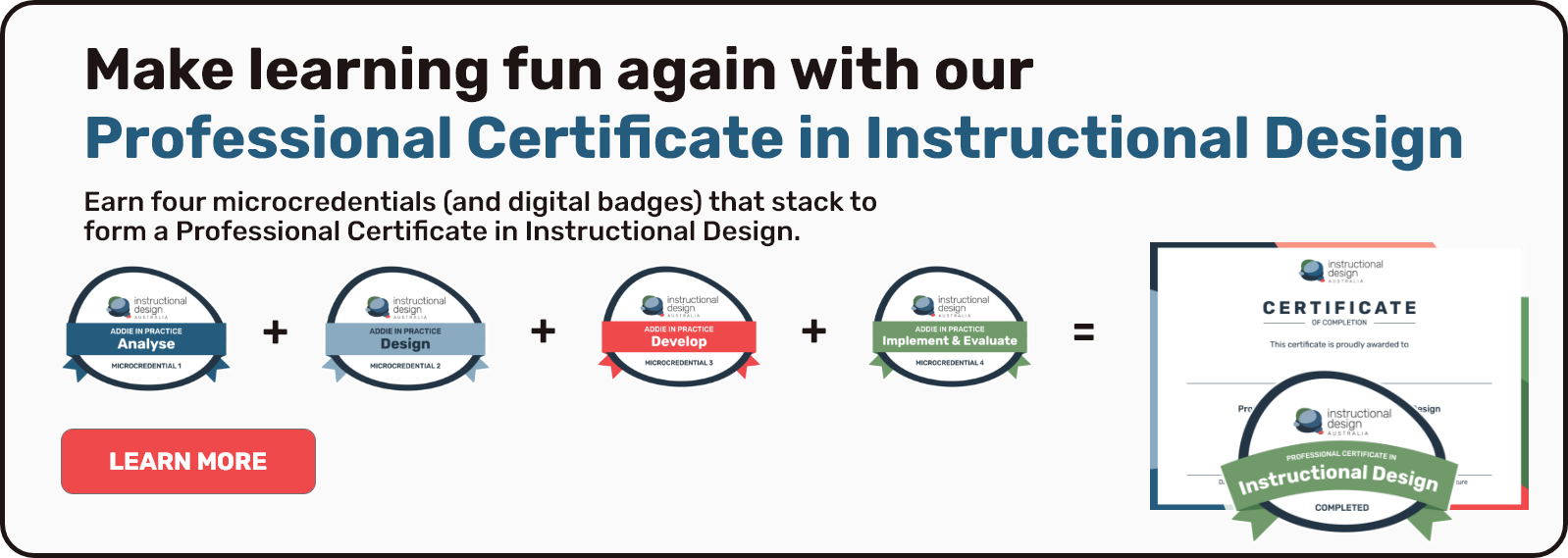Universal Learning Design: Instructional Design for Adults
What is Universal Learning Design (ULD)?
Universal Learning Design (ULD) is a framework that ensures educational content is accessible and effective for all learners. By incorporating flexible methods of representation, engagement, and assessment, ULD empowers diverse audiences to achieve their learning goals. It’s a cornerstone of modern instructional design, making education equitable and impactful.
In today’s diverse world, instructional design must cater to an audience with varied needs. Enter Universal Learning Design (ULD), a framework that emphasises inclusivity and accessibility in education. Whether you’re crafting corporate training, adult education programs, or online courses, ULD ensures every learner can thrive—no matter their abilities or backgrounds. Let’s explore how Universal Learning Design aligns with instructional design, particularly through the lens of the ADDIE model.
 More on What Is Universal Learning Design?
More on What Is Universal Learning Design?
At its core, Universal Learning Design is a methodology that aims to create learning experiences accessible to all. The framework is built around three guiding principles:
- Multiple Means of Representation: Presenting information in various ways to cater to different sensory and cognitive needs.
- Multiple Means of Action and Expression: Allowing learners diverse options to demonstrate what they’ve learned.
- Multiple Means of Engagement: Motivating learners through flexible approaches tailored to their interests and needs.
These principles align with the ethos of modern instructional design: meeting learners where they are and empowering them to succeed. By weaving ULD into your instructional strategy, you can create equitable opportunities for adult learners—whether they’re seasoned professionals or career changers diving into a new field.
ULD in Primary and Secondary Education
Universal Learning Design has long been applied in primary and secondary education to support students with diverse needs. For example, ULD principles are used to design classrooms where all students can access the curriculum, regardless of disabilities or learning differences. This includes implementing tools like visual schedules for students with autism, providing audiobooks for those with reading difficulties, or offering multiple ways to complete assignments, such as through writing, drawing, or creating videos.
In these settings, teachers use ULD to create engaging and accessible environments, where students can actively participate and demonstrate understanding in ways that suit their abilities and preferences. These foundational practices ensure inclusivity and build confidence in learners from an early age.
When applied to adult education and organisational training, ULD principles can create similarly accessible and effective learning environments. For instance, training modules can incorporate flexible delivery methods—combining text, videos, and interactive simulations—to accommodate various learning styles. Just as students in schools benefit from multiple options to engage and express themselves, adult learners in organisations can thrive when offered choices that align with their needs and goals. This makes ULD an essential tool for instructional designers aiming to foster inclusive, impactful professional development programs.
The ADDIE Model Meets Universal Learning Design
The ADDIE model (Analyse, Design, Develop, Implement, Evaluate) is a tried-and-true framework for instructional designers. Here’s how Universal Learning Design integrates seamlessly into each stage:
1. Analyse
ULD calls for a deep dive into your audience’s needs. This includes identifying:
- The diversity of your learners’ abilities (e.g., physical, cognitive, or sensory differences).
- Barriers they may face in accessing learning materials.
For example, if you’re creating a course for adults with varying levels of digital literacy, you’d identify tools and resources that simplify navigation while offering alternative formats, such as text-to-speech.
2. Design
During the design phase, ULD encourages:
- Accessible content: Use clear, simple language and inclusive visuals.
- Flexible assessments: Incorporate options like quizzes, projects, or oral presentations.
- Engagement variety: Offer collaborative activities and self-paced modules.
Imagine designing a training program on workplace safety. A ULD-inspired approach might include:
- Videos with closed captions.
- Interactive simulations for hands-on learners.
- Downloadable transcripts for offline review.
3. Develop
This is where ideas take form. ULD in development means:
- Ensuring compatibility with assistive technologies like screen readers.
- Testing materials with diverse user groups to catch potential barriers.
For example, if you’re building an e-learning course, platforms like Moodle or Articulate offer built-in accessibility features that align with ULD principles.
4. Implement
When launching your program, focus on:
- Providing clear instructions for all learners.
- Offering ongoing support via multiple channels (email, chat, video tutorials).
Using Universal Learning Design, your adult learners can focus on mastering the material instead of struggling with accessibility hurdles.
5. Evaluate
The final step ensures your program’s effectiveness. ULD encourages:
- Collecting feedback from diverse learners.
- Measuring success through multiple methods, such as surveys, test results, and qualitative feedback.
- Iterating based on these insights.
Real-World Impact of Universal Learning Design
Implementing ULD in instructional design has significant implications:
- Improved Accessibility: Tools like alternative text for images and keyboard navigation enhance usability for learners with disabilities.
- Higher Engagement: Personalised and varied learning pathways keep adult learners motivated.
- Broader Reach: By designing inclusively, you tap into a larger audience, boosting enrolment and participation rates.
The Bottom Line
Universal Learning Design is more than a framework; it’s a philosophy that ensures no learner is left behind. By incorporating ULD principles into the ADDIE model, instructional designers can create accessible, inclusive, and effective learning experiences that benefit diverse audiences. ULD is an essential approach to ensuring education and training programs meet the needs of all learners, regardless of their backgrounds or abilities.
Need Help with ULD?
Contact details
Office
E: info@instructionaldesign.com.au
Ph:1300 528 736
Michael Peart
E: michael@hungryminds.com.au
Ph: 0434 075 231
Bianca Schimizzi
E: bianca@hungryminds.com.au
Ph: 0416 013 623
